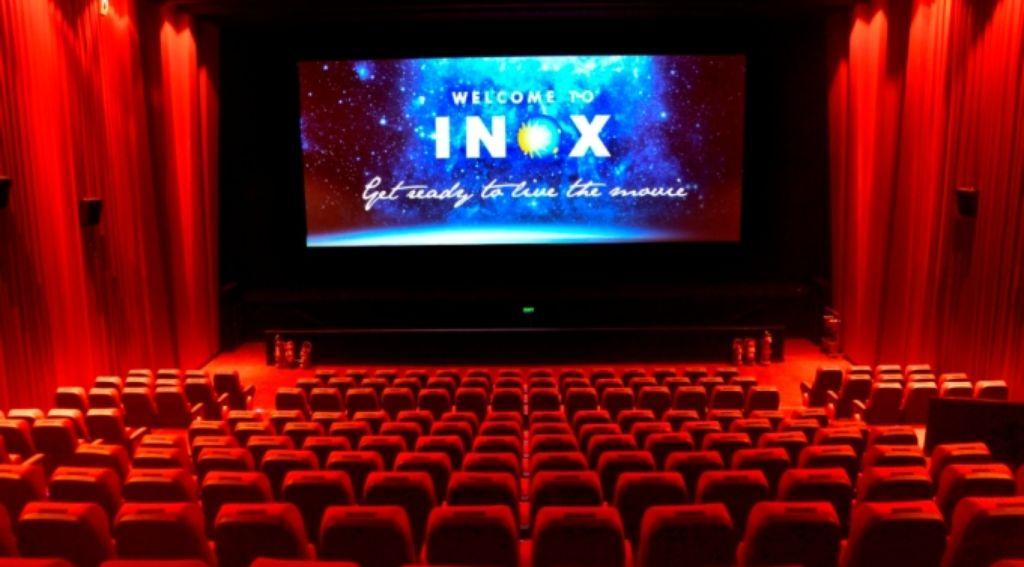The Future of Indian Cinema: Trends and Predictions for 2026
As we step into the next chapter of Indian cinema, it’s fascinating to envision what the future holds for this dynamic and ever-evolving industry. From technological advancements to shifting audience preferences, numerous factors will shape the cinematic landscape in the coming years. As a passionate film producer and entrepreneur deeply entrenched in the industry, I am excited to share my insights and predictions for Indian cinema in 2026.
- Embracing Technological Innovations Technological advancements have always been at the forefront of cinematic evolution. By 2026, we can expect even more groundbreaking innovations that will revolutionize the way films are made and consumed. Virtual reality (VR) and augmented reality (AR) are set to become integral components of storytelling, offering immersive experiences that transcend traditional viewing. Imagine stepping into a film’s universe, experiencing scenes firsthand, and interacting with characters in real time. This shift will create a new realm of possibilities for filmmakers and an unparalleled viewing experience for audiences.
- The Rise of OTT Platforms
The meteoric rise of over-the-top (OTT) platforms) has already transformed the industry, and this trend will only accelerate in the coming years. By 2026, OTT platforms will dominate the distribution landscape, providing filmmakers with a direct channel to reach global audiences. This shift will democratize content creation, allowing diverse voices and unique stories to flourish. For producers like myself, OTT platforms offer an exciting opportunity to experiment with genres, narratives, and formats that may not have found space in traditional cinema.
- Diverse and Inclusive Storytelling
One of the most promising trends in Indian cinema is the growing emphasis on diverse and inclusive storytelling. Audiences are increasingly seeking narratives that reflect the rich tapestry of our society. By 2026, we will see more films that celebrate underrepresented communities, challenge societal norms, and explore untold stories. This evolution in storytelling not only enriches our cultural landscape but also fosters a deeper connection between filmmakers and audiences.
- Sustainable and Eco-Friendly Filmmaking
As awareness of environmental issues grows, the film industry is also stepping up to adopt sustainable practices. By 2026, eco-friendly filmmaking will become a standard, with production houses implementing green initiatives to reduce their carbon footprint. From using renewable energy sources on set to minimizing waste and promoting recycling, the industry will embrace sustainability in every aspect of filmmaking. This shift is not only essential for our planet but also aligns with the values of a socially conscious audience.
- Regional Cinema on the Global Stage
Indian cinema has always been synonymous with Bollywood, but the future holds immense potential for regional cinema. Films in languages such as Tamil, Telugu, Malayalam, and Kannada are gaining international acclaim, and this trend will continue to rise. By 2026, regional films will find a significant place on the global stage, showcasing the diversity and richness of Indian culture. As a producer who has worked on various regional projects, I am thrilled to see this recognition and the opportunities it brings for filmmakers across the country.
- Enhanced Viewer Engagement Through Social Media
Social media has already transformed how films are marketed and discussed, and its influence will only grow stronger by 2026. Platforms like Instagram, Twitter, and YouTube will play a crucial role in engaging with audiences, creating buzz, and driving box office success. Filmmakers will leverage social media to share behind-the-scenes content, interact with fans, and build a loyal community around their projects. This direct connection with viewers will not only enhance the film’s reach but also foster a deeper bond between creators and audiences.
- The Evolution of Cinema Halls
While OTT platforms are reshaping how we consume content, cinema halls will continue to be an integral part of the cinematic experience. However, the nature of these venues will evolve to meet changing expectations. By 2026, we can expect more luxury cinemas offering enhanced amenities, personalized services, and unique viewing experiences. Theaters will focus on creating an immersive atmosphere, with advancements like 4D experiences, high-definition screens, and state-of-the-art sound systems. This evolution will ensure that the magic of watching a film on the big screen remains unparalleled. 
- The Role of Artificial Intelligence in Filmmaking
Artificial intelligence (AI) is set to revolutionize various aspects of filmmaking, from scriptwriting to post-production. By 2026, AI-driven tools will assist filmmakers in analyzing audience preferences, predicting box office success, and even generating visual effects. While AI will never replace the creative genius of human filmmakers, it will serve as a powerful tool to enhance efficiency and innovation. As someone who values the art of filmmaking, I am excited to see how AI can complement our creative processes and push the boundaries of what’s possible. 
- The Importance of Intellectual Property Rights
In an era where content is king, intellectual property rights (IPR) will play a pivotal role in shaping the industry’s future. By 2026, there will be a heightened focus on protecting creative works and ensuring fair compensation for creators. This emphasis on IPR will encourage innovation and investment in original content, fostering a thriving ecosystem for filmmakers. As someone who owns an extensive collection of digital IP rights, I understand the significance of safeguarding creative assets and the opportunities it presents for future distribution and licensing.
- Education and Skill Development for Aspiring Filmmakers
The future of Indian cinema also depends on nurturing the next generation of filmmakers. By 2026, there will be a stronger emphasis on education and skill development for aspiring talent. Film schools and training institutes will evolve to offer comprehensive programs that cover both traditional filmmaking techniques and emerging technologies. As someone passionate about bridging the educational gap, I envision establishing an institute that empowers students from tier 2 and tier 3 cities with the skills and knowledge needed to thrive in the industry. This initiative will create a pipeline of talented individuals who will continue to innovate and elevate Indian cinema.  Conclusion As we look ahead to, the future of Indian cinema is bright and filled with endless possibilities. Technological advancements, diverse storytelling, sustainable practices, and the rise of regional cinema are just a few of the trends that will shape the industry’s evolution. As a filmmaker and entrepreneur, I am excited to be part of this journey, embracing innovation, and pushing the boundaries of creativity. Together, we can create cinematic experiences that resonate with audiences worldwide, leaving an enduring legacy for future generations. The future of Indian cinema is here, and it’s more promising than ever.
Conclusion As we look ahead to, the future of Indian cinema is bright and filled with endless possibilities. Technological advancements, diverse storytelling, sustainable practices, and the rise of regional cinema are just a few of the trends that will shape the industry’s evolution. As a filmmaker and entrepreneur, I am excited to be part of this journey, embracing innovation, and pushing the boundaries of creativity. Together, we can create cinematic experiences that resonate with audiences worldwide, leaving an enduring legacy for future generations. The future of Indian cinema is here, and it’s more promising than ever.





